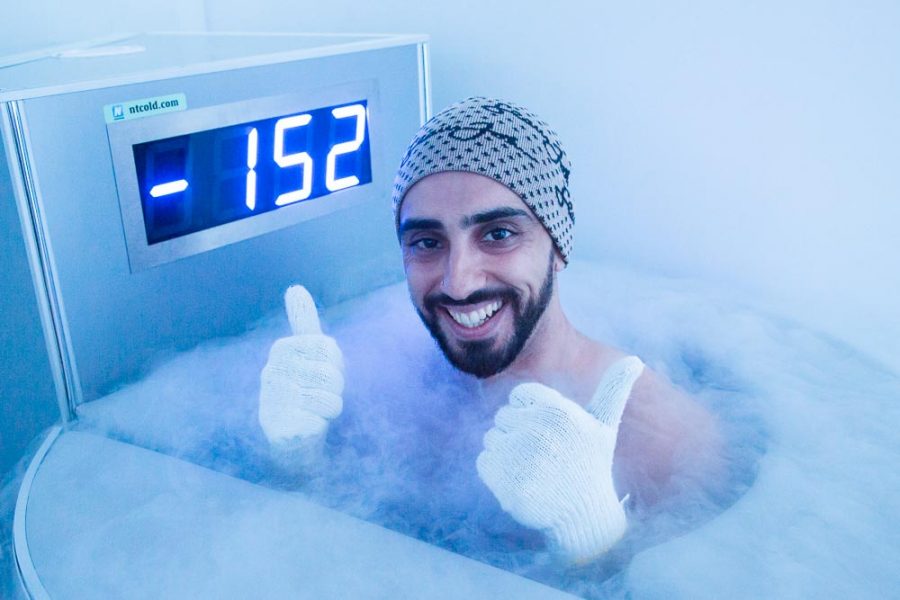Cryotherapy, a treatment involving exposure to extremely cold temperatures for short periods, has gained considerable attention in recent years for its potential health benefits, including weight loss and metabolism boosting. This therapy typically involves standing in a cryo-chamber or using localized cryotherapy devices where temperatures can drop as low as -200°F -129°C. While initially popularized for its use in sports medicine and recovery, cryotherapy is now increasingly explored as a complementary approach to support weight management and metabolic health. One of the main ways cryotherapy is believed to aid weight loss is by stimulating the body’s natural metabolic processes. When exposed to cold, the body has to work harder to maintain its core temperature, activating thermogenesis a process where calories are burned to generate heat. This increased energy expenditure can contribute to a higher metabolic rate, which means more calories are burned even at rest. Brown adipose tissue BAT, commonly known as brown fat, plays a crucial role in this process. Unlike white fat, which stores energy, brown fat burns calories to produce heat. This activation can potentially help reduce overall fat stores and support weight loss efforts.

Moreover, cryotherapy can influence the body’s hormonal responses, which are closely linked to metabolism and appetite regulation. Cold exposure has been shown to increase levels of norepinephrine, a hormone and neurotransmitter that not only supports fat breakdown but also suppresses appetite. Elevated norepinephrine can enhance focus and energy levels, contributing to better workout performance and daily activity, which indirectly supports weight loss. Additionally, cryotherapy may improve insulin sensitivity, which helps the body regulate blood sugar levels more effectively. Improved insulin function is essential for metabolic health and can reduce the risk of fat accumulation associated with insulin resistance. Apart from metabolic effects, cryotherapy may assist in reducing inflammation and muscle soreness, making physical activity more manageable and sustainable. Exercise is a cornerstone of any effective weight loss program, and by speeding up recovery and decreasing pain, cryotherapy can encourage consistent physical activity. This, in turn, supports calorie burning and metabolic health.
While the immediate calorie burn from a single cryotherapy session might be modest, the cumulative effects of regular exposure can support a healthier metabolism. Cryotherapy sessions typically last only a few minutes, making it a time-efficient strategy to complement traditional diet and exercise regimens. However, it is important to understand that cryotherapy is not a standalone weight loss solution but rather a supportive tool that enhances other lifestyle interventions. Individual responses to cryotherapy can also vary based on factors such as age, body composition, and overall health status. As such, it is advisable for anyone considering cryotherapy to consult with healthcare professionals to ensure it aligns with their health goals and conditions. The cryotherapy Edinburgh offers an intriguing approach to supporting weight loss and boosting metabolism through the activation of thermogenesis, stimulation of brown fat, hormonal regulation, and inflammation reduction. Its role in enhancing metabolic rate and recovery can make it a valuable adjunct to conventional weight management strategies. However, it should be used in conjunction with balanced nutrition and regular exercise to achieve meaningful and sustainable results.